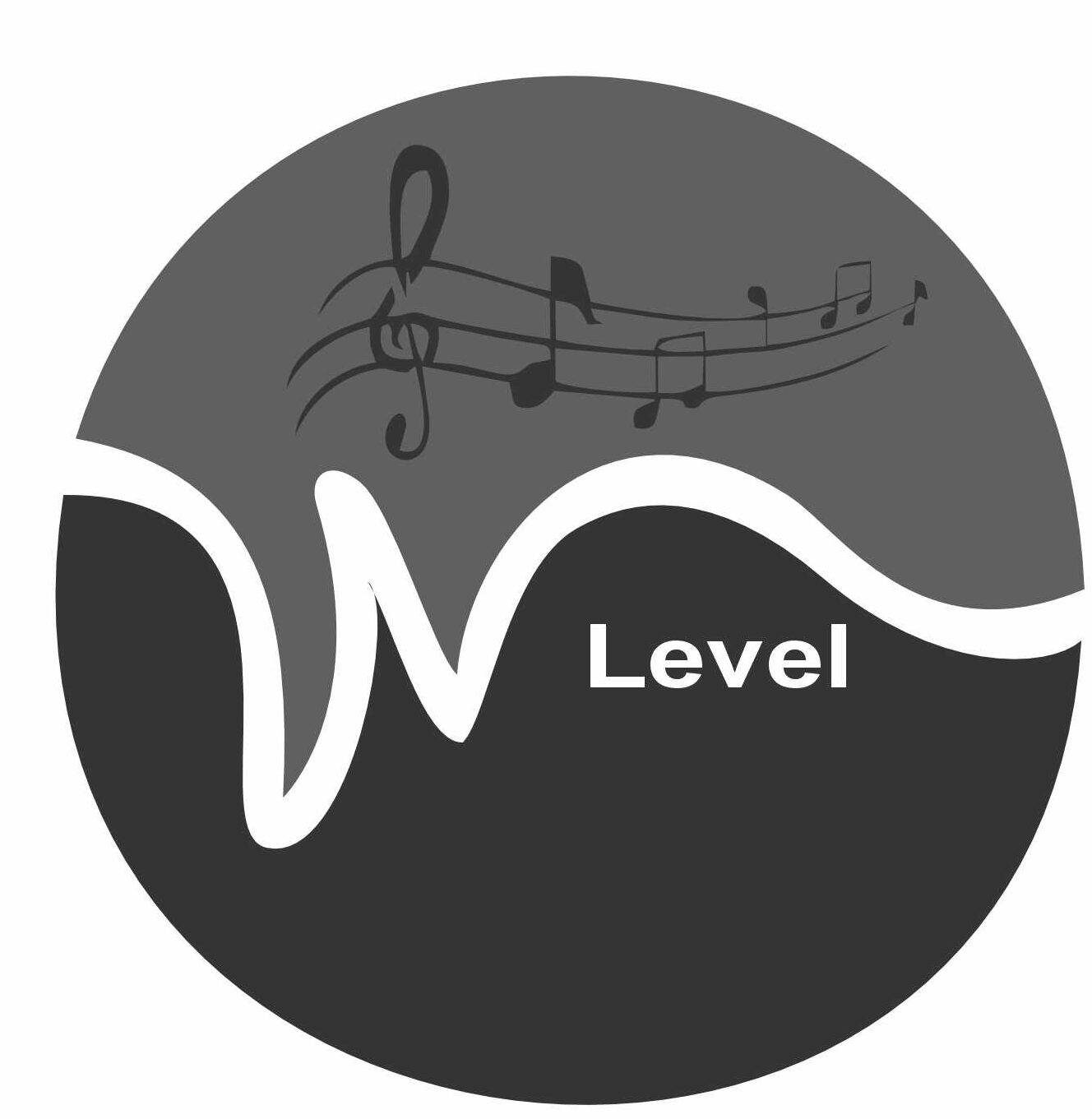What are the Different Types of Audio Visual Media?

Audio and visual elements connect to create immersive experiences that inform, entertain, and inspire in today’s multimedia world. But what are the different types of audio visual media that capture our attention and shape our perception of the world around us?
Audio-visual medical records, for example, are now widely used in hospitals. This media can now be used for educational purposes as well. Audio-visual online courses, for example, are becoming increasingly popular in schools with internet access.
This article looks into the broad field of audio-visual media, examining different types that have become essential daily.
What is Audio Visual?
The term “audio-visual” refers to the integration of auditory (sound) and visual (sight) elements. The time is frequently used to describe content or experiences incorporating sound and visuals, resulting in a multimedia or multisensory experience.
Audio-visual presentations can be found in various contexts, such as entertainment, education, communication, and technology.
Features of Audio-Visual
Here are key features that define audio-visual content and technologies:
- Multisensory Integration:
- The integration of auditory and visual components is a key feature of audio-visual content. This integration aims to engage multiple senses simultaneously, improving the overall experience.
- Sound Design:
- To complement the visual elements, audio-visual content frequently includes intentional sound design, which provides spoken words, music, sound effects, or ambient sounds. The emotional impact and storytelling aspects of the content are enhanced by sound.
- Visual Elements:
- Images, video footage, graphics, animations, and other visual content are all examples of visuals. The quality and composition of visuals significantly influence the overall effectiveness of the audio-visual experience.
- Immersive Experience:
- Audio-visual, well-executed content can create an immersive experience for the audience, transporting them into the message. Immersion is achieved through a seamless integration of visuals and sound.
- Communication Enhancement:
- Audio-visual content is a powerful communication tool that provides a richer and more dynamic way of conveying information. It is frequently used to improve communication effectiveness in presentations, educational materials, and storytelling.
Types of Audio-Visual Media
Audio-visual media was not widely available to the general public before the twentieth century because audio recording devices were bulky and audio broadcasts were difficult to create.
Some examples of audiovisual media include filmstrips, microforms, slides, an opaque projector, tape recording, and flashcards. Each contains an audio recording embedded in visual material typically used for educational purposes.
Here are the types of Audio Visual Media:
Filmstrips
The first audio-visual media were film strips and audio recordings with audio. In 1878, the first audio-visual recording was made using a device known as a phonoscope, which could playback audio recordings from optical discs synchronised with a separate viewing station.
Phonograph cylinders, invented in 1895, combined audio and visual information on a spinning disc. The BBC used telecine to broadcast King George VI’s coronation over television in 1938. This is regarded as one of the very first audio-visual media broadcasts.
Filmstrips were commonly used in schools, particularly before video, because they provided audio recordings with images projected at high speed on filmstrip projectors. The audio would be played through speakers, and the audio-visual media would be controlled by turning the pages.
Microfilms
Microfilms are audio-visual recordings or audio-visual media. They are commonly found as audio recorded on a film strip or videotape, but they can also be audio from radio broadcasts. There is no written text; only audio and visual information is provided for the viewer to experience the story.
Microfilm was introduced in the 1920s. The audio-visual media is primarily audio and visual, but it is also media that aids in disseminating information, such as audio (radio) or visual (television). During World War II, radio was used to counter Nazi propaganda. Around 1960, colour television sets entered people’s living rooms.
Slides
Slides were first used in 1956. They were made of acetate initially and had to be changed after each presentation. The first audio-visual media were slides, but there are now many different types of audio-visual media.
Nowadays, computers can control this. PowerPoint, Prezi, animation with audio narration, podcasts, and Adobe Flash are examples of audio-visual media.
Microsoft PowerPoint is an audio-visual presentation tool. It gained popularity after being made available on the internet in the mid-1990s.
PowerPoint is important in audio-visual media because it is frequently used by businesses and schools to create presentations. It enables users to incorporate text, audio, and video into presentations.
Opaque Projector
Since the early twentieth century, projected opaque materials have been used as audio-visual media. It has evolved and is now widely used in the audio-visual media industry.
The opaque projector displays audio-visual media such as presentations, advertisements, movies, television shows, and information. The optical properties of the opaque projector are used to project audio-visual media onto a surface.
Tape Recording
Audio-visual media such as tape recording, CDs, DVDs, and Blu-ray discs preserve audio and visual information in a way that can be reproduced later. Audio-visual media is a type of media that combines audio and video data into a single device.
Tape recorders were audio-visual media devices used to record audio data, compress audio data into a smaller space, compress audio data into multiple audio tracks, and edit audio data.
Until digital audio tape (DAT), CDs, MP3s, DVDs, Blu-ray discs, Floppy discs, and cassette tapes replaced it, this medium was the traditional way of recording audio.
Flashcards
Flashcards have been around for more than a century. Every day, students worldwide use them to learn a language successfully. Audio-visual media works well because it is efficient and engages more than one of your senses at once rather than just one.
Flashcards display a written or picture word, followed by an audio clip that repeats that word. This makes it easier for students to learn to read terms rather than recognise them.
Why is Audio Visual Media Important?
Audio-visual communication is a type of communication that results in outcomes. Sound and lighting equipment improve communication by increasing audience awareness of sight and hearing. Audiences who engage with events through more of their senses remember them for a longer period of time.
Audio-visual communication is now an important part of human interactions, with audio-visual media as a common source of information and entertainment. It is significant because audio-visual media can influence human emotions, and its audio-visual component can aid in the message or product recall.
How is Visual Media Different From Audio Media?
Visual media differs from audio media in that the audience can see it during an event, whereas audio can only be heard. In a nutshell, visual media appeals to the sense of sight, whereas audio media appeals to the sense of hearing.
Visual content includes video, animations, photos, and graphics, whereas audio content includes audio recordings, music for an event, speakers and microphones, and so on. For the best experience, visuals are frequently used in conjunction with audio.
The Main Differences Between Visual Media and Audio Media
Visual and audio content exists in a symbiotic relationship. You need a combination of both to deliver a memorable experience. That said, the two media types are quite different when explored individually.
Fundamentally, audio and visual content differ in terms of:
- The type of equipment used
- The target audience
- The broadcast channel
Audio-visual Media Today
We live in an age when audio-visual media is ambitious. Media professionals are constantly looking for audio-visual media to incorporate into their projects. Audio is recognised as effective when engaging audiences but has limitations, so it is always used with visual components.
Visuals are useful because they are more versatile and help us understand what is happening in real life. As a result, they are effective storytelling tools. Today’s audio-visual media is much more than just audio and visuals. It has evolved to tell a complete story with audio, visuals, graphics, live streaming, etc.
Conclusion
The audio-visual media industry is an important part of today’s society, and it is growing in the modern world. It has evolved so much in the last few years, with new audio equipment being released on a daily basis that it has completely changed audio-visual media.

